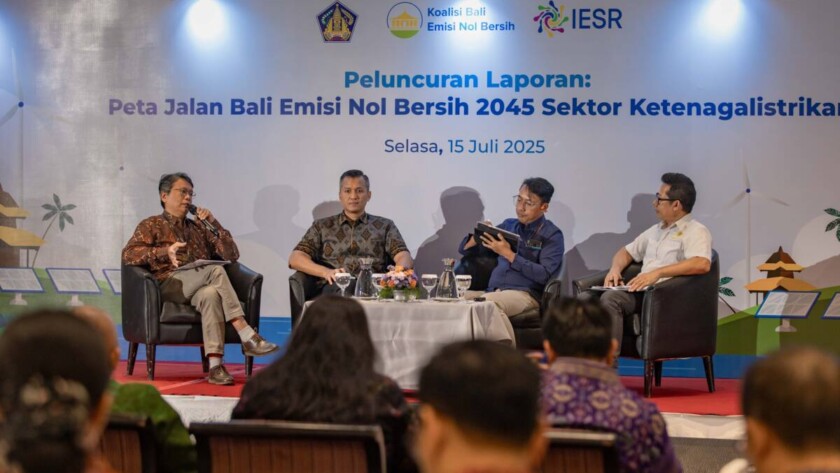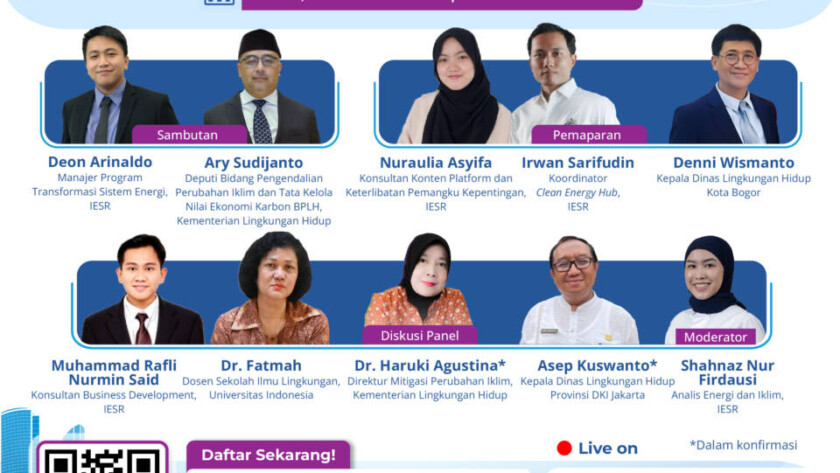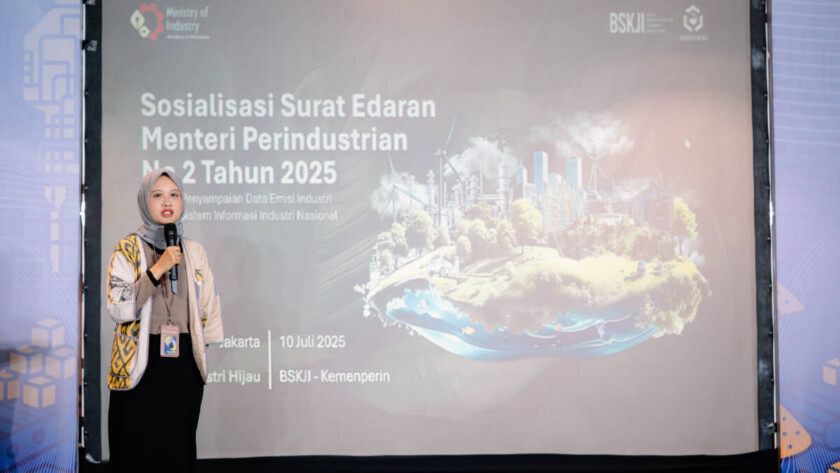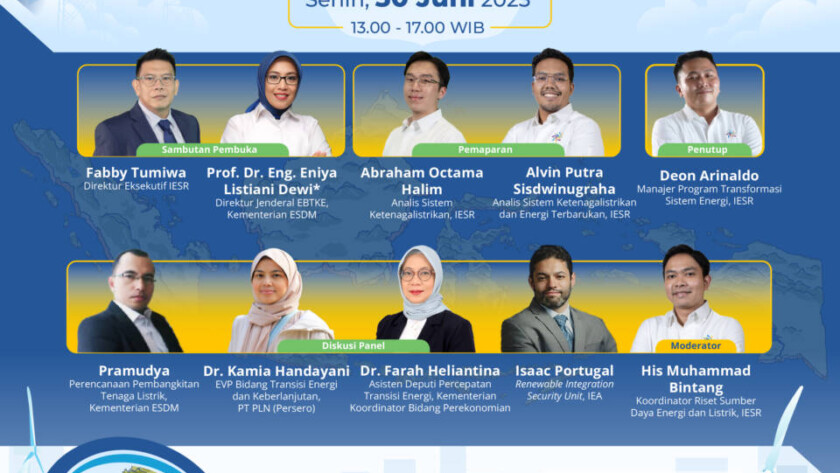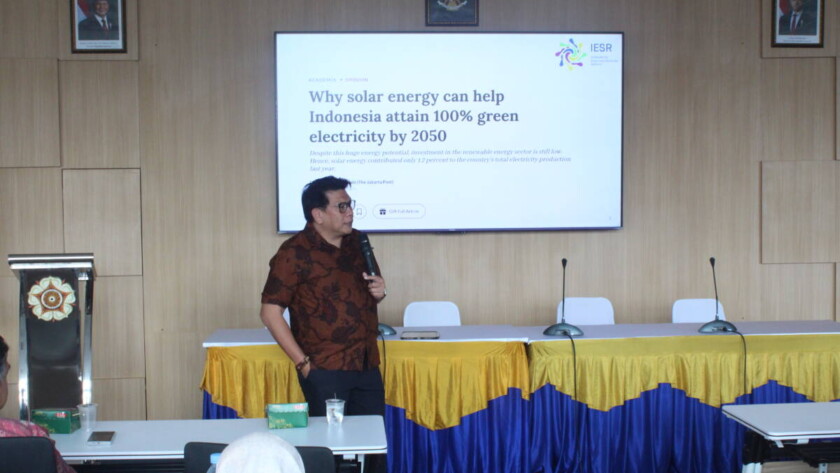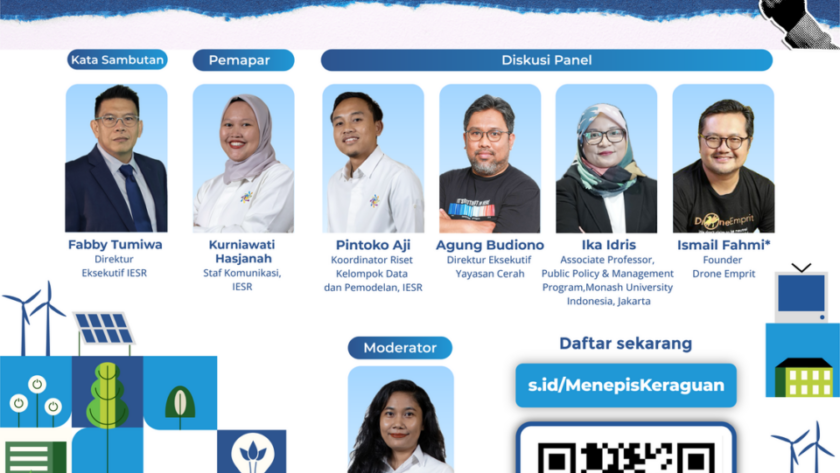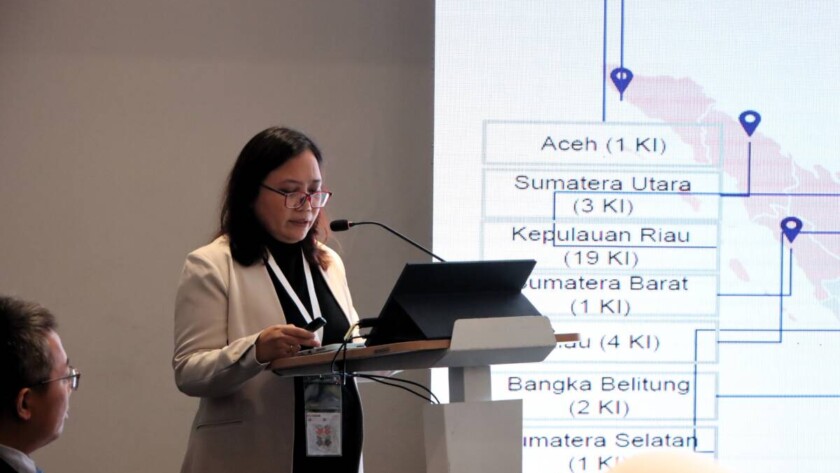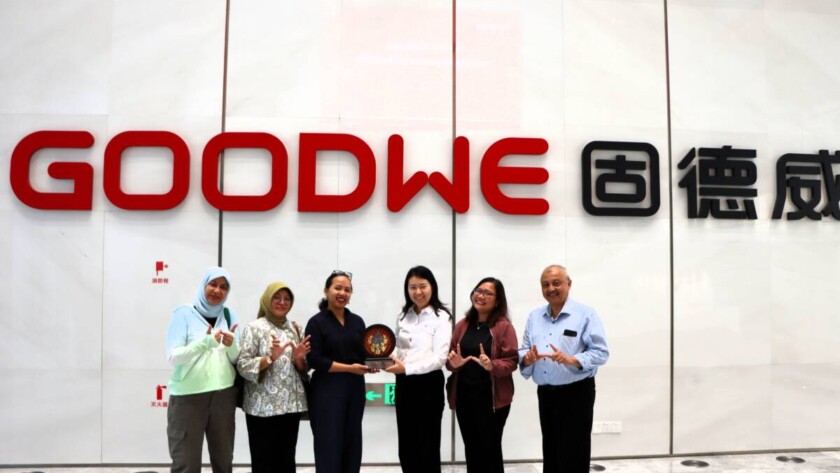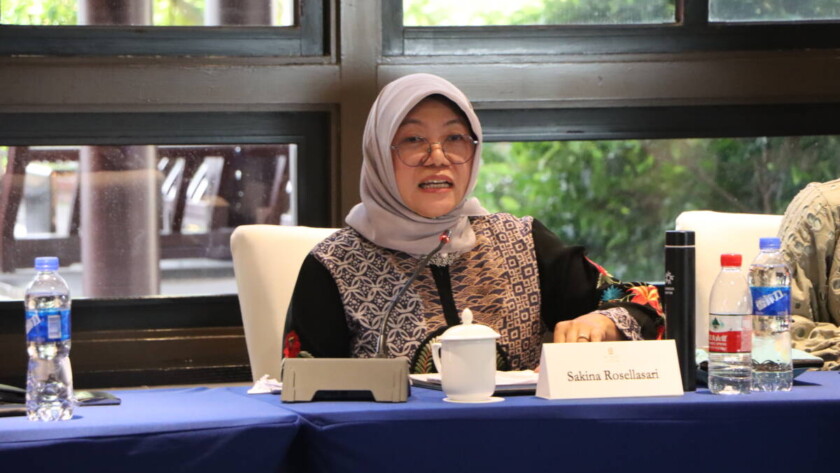Denpasar, July 15, 2025 - Bali, as a global tourist destination, boasts extraordinary natural beauty, from stunning beaches to breathtaking mountains. Its natural beauty, besides being a tourist attraction, also provides important benefits to the lives of local communities. Therefore, preserving Bali's natural environment through low-emission initiatives, such as Bali Net Zero Emission (NZE) 2045,…
